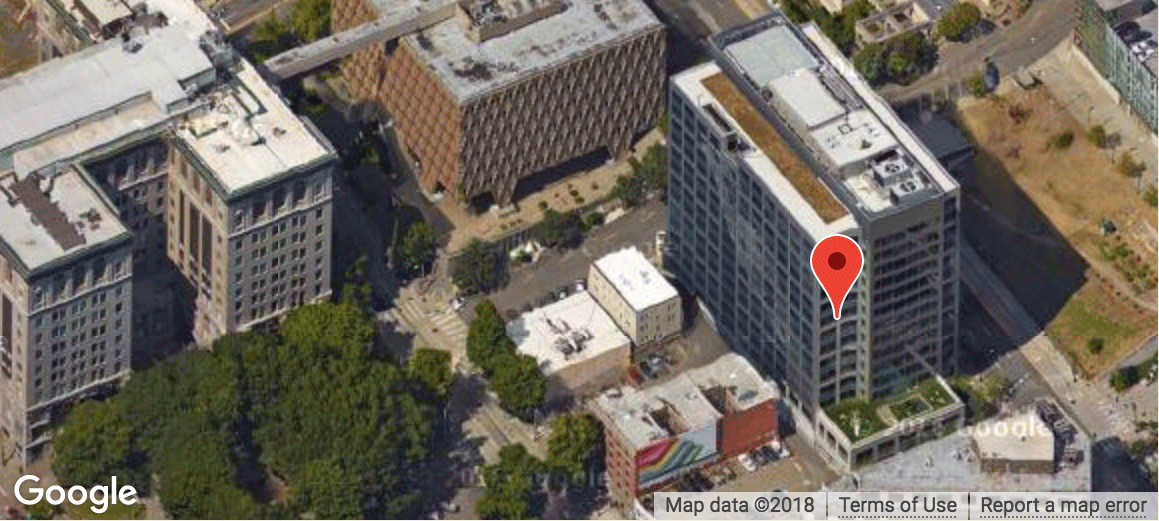In county named after Dr. King, the dream lives on fifty years later
Summary
Courthouse artwork that depicts the March on Washington is at center of County’s golden anniversary tribute to "I Have a Dream" speech
Story
Fifty years ago today, Dr. Martin Luther King, Jr. delivered his historic "I Have a Dream" speech during the March on Washington, D.C. King County Executive Dow Constantine celebrated the golden anniversary this morning with a ceremony at the King County Courthouse. The building's rotunda features artwork depicting Dr. King speaking to the crowd at the Lincoln Memorial on August 28, 1963.
"Fifty years after that pivotal event, we are still striving to make Dr. King's dream a reality," said Executive Constantine. "On this day we rededicate ourselves to the task of creating a truly just society, where every person has the opportunity to fulfill his or her potential."
King County Council Chair Larry Gossett was heavily involved in the civil rights movement of the 1960s. As a student at the University of Washington, he was one of the founders of the Black Student Union. During today's observance, Council Chair Gossett encouraged attendees to keep working to eliminate inequities.
"Dr. King's dream urged us to work to change the world into a 'Beloved Community' of equality and justice," said Council Chair Gossett. "We have accomplished much, but as we continue doing the work of Dr. King, we should keep in mind that he urged us to fight against the evil triplets of militarism, materialism, and racism. Until we have ridden the world of these evils, his dream – our dreams – will not become reality."
Former King County Councilmember Bruce Laing, who was one of the leaders in the effort to rename King County for the civil rights leader, also remarked on Dr. King's vision and legacy.
"Dr. King's speech presents a scathing litany of injustices suffered by the black community, but he encourages his audience to conduct their struggle for equality without resorting to physical violence," Laing said. "An emphasis on nonviolence was a hallmark of his career, and undoubtedly a significant factor in his selection for the Nobel Peace Prize."
Former King County Councilmember Dwight Pelz was among the estimated 250,000 people who heard Dr. King speak on August 28, 1963. He recalled his emotions on that day, and the impact Dr. King's words had on his life and on the United States.
"I was a 12-year-old boy in Washington, D.C. on a hot day in 1963 when America stood up to say no to racism, a major step in one of the greatest revolutions in world history," Pelz said. "45 years later, at the other end of the Mall, on a very cold day, America inaugurated an African-American President, as the arc of freedom bent toward justice."
Rev. Dr. Samuel McKinney also spoke at this morning's ceremony. Now the pastor emeritus at Seattle's Mount Zion Baptist Church, Rev. Dr. McKinney attended the March on Washington in 1963 and was a close friend of Dr. King. During his remarks, Rev. Dr. McKinney recalled attending Morehouse College in Atlanta with Dr. King when both were teenagers.
Vivian Phillips, a longtime King County resident, emceed today's event. Phillips is the director of marketing and communications for the Seattle Theatre Group, and was a member of the team at Seattle's Gable Design Group that developed the current King County logo. She also watched the March on Washington with her parents.
"I will never forget the impact it had on me," said Phillips. "My parents and all of my aunts and uncles who had experienced segregation and racism started talking and living differently after that speech. They spoke to us from a new perspective of freedom, and were finally able to encourage their children to dream."
The Courthouse artwork depicting the March on Washington, entitled "Truth Crushed to the Earth Will Rise Again," was created by artist Linda Beaumont in 2005. Inspired by the 1986 decision to rename King County for the civil rights leader, Beaumont chose to honor Dr. King by using an image of him and the crowd at the Lincoln Memorial as the central focus of the rotunda floor. The original photo was taken by Flip Schulke, a photographer who often traveled with Dr. King to document the civil rights movement of the 1960s.
Beaumont's terrazzo and marble piece is surrounded by a quote from Dr. King. Inlaid in brass, the text reads, "Never allow it to be said that you are silent onlookers, detached spectators, but that you are involved participants in the struggle to make justice a reality." The quote comes from a speech that Dr. King delivered at the Oberlin (Ohio) College commencement in June 1965.
Images of Dr. King are also featured elsewhere in the Courthouse. A series of charcoal and pencil murals by Douglas Cooper, entitled "From these Hills, from these Waters," tell the history of King County. One of the panels located in the Courthouse rotunda uses Dr. King as a central figure in a depiction of the struggle for fair distribution of wealth. Finally, a photo in etched glass of Dr. King, also taken by Flip Schulke, can be found at the Courthouse exit onto Third Avenue.

 Translate
Translate

